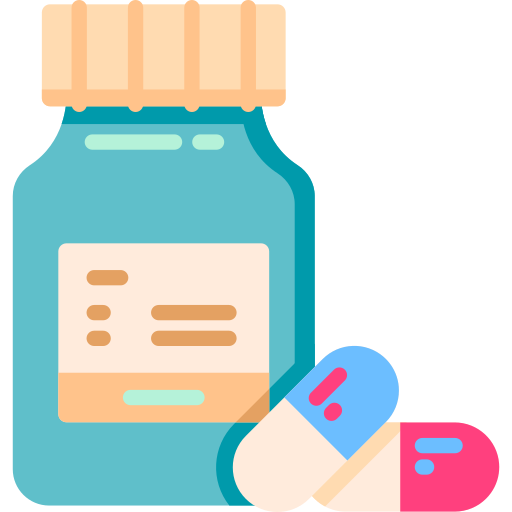
Type:10 Tablets
Generic Name:Clonazepam
Manufacturer:Opsonin Pharma Limited
Price:৳70.00
Epilepsy, Anxiety disorders, Panic disorder, Status epilepticus, Social phobia, Migraines, Parasomnia, Restless legs syndrome, Rapid eye movement, Behavior disorder, Spasticity, Resistant depression, Trigeminal neuralgia, Nocturnal myoclonus, Post traumatic stress disorder, Insomnia and sleep disturbances, Burning Mouth Syndrome
May be taken with or without food.
Oral Epilepsy Adult: Initially, 1 mg given at night for 4 days, gradually increased over 2-4 wk. Maintenance: 4-8 mg/day. Max: 20 mg/day. Elderly: Initially, 0.5 mg at night for 4 days. Panic disorder Adult: Initially, 0.25 mg bid, increased after 3 days up to 1 mg/day. Max: 4 mg/day. Intravenous Emergency management of status epilepticus Adult: 1 mg by slow IV inj over at least 2 min or by infusion, repeated if necessary. Max: 20 mg. Hepatic impairment: Dosage adjustment may be needed.
Oral Epilepsy Child: <10 yr or <30 kg: Initially, 0.01-0.03 mg/kg/day but not to exceed 0.05 mg/kg/day given in 2 or 3 divided doses. May be increased by no more than 0.25-0.5 mg every 3rd day until seizure control is achieved. Maintenance: 0.1-0.2 mg/kg/day divided 3 times daily. Max: 0.2 mg/kg/day. Intravenous Emergency management of status epilepticus Child: 500 mcg by slow IV inj or by infusion.
Hypersensitivity to benzodiazepines, acute pulmonary insufficiency, acute narrow angle glaucoma.
Clonazepam reduces the nerve transmission in the motor cortex which suppresses the spike and wave discharge in absence seizures. Its mechanism is believed to be related to its ability to enhance the activity of GABA. Clinically, it improves focal epilepsy and generalised seizures.
Neonates, chronic pulmonary insufficiency, hepatic/renal dysfunction, porphyria, elderly; pregnancy and lactation. Lactation: Excreted in breast milk; not recommended
>10% Somnolence (37%) 1-10% Abnormal coordination (5-10%),Ataxia (5-10%),Depression (5-10%),Dizziness (5-10%),Fatigue (5-10%),Memory impairment (5-10%),Upper respiratory infection (5-10%),Confusion (1-5%),Dysarthria (1-5%),Rhinitis (1-5%),Coughing (1-5%),Urinary frequency (1-5%),Impotence (1-5%),Decreased libido (1-5%) Frequency Not Defined Increased salivation,Worsening tonic-clonic seizures Potentially Fatal: Salivary or bronchial hypersecretion leading to respiratory problems (children). May produce diminished reflexes or coma. Rarely, blood dyscrasias.
Pregnancy There are no adequate and well-controlled studies of Klonopin in pregnant women; available human data on risk of teratogenicity are inconclusive; there is insufficient evidence in humans to assess effect of benzodiazepine exposure during pregnancy on neurodevelopment; administration of benzodiazepines immediately prior to or during childbirth can result in a syndrome of hypothermia, hypotonia, respiratory depression, and difficulty feeding; in addition, infants born to mothers who have taken benzodiazepines during later stages of pregnancy can develop dependence, and subsequently withdrawal, during the postnatal period Data for other benzodiazepines suggest possibility of adverse developmental effects (long-term effects on neurobehavioral and immunological function) in animals following prenatal exposure to benzodiazepines Lactation Effects on breastfed infant and on milk production are unknown; developmental and health benefits of breastfeeding should be considered along with mother's clinical need for therapy and any potential adverse effects on breastfed infant from drug or from underlying maternal condition
Additive depressant effect w/ TCAs, MAOIs, sedative and hypnotics, barbiturates, anxiolytics, antipsychotics, opiate agonists. May increase serum phenytoin levels.